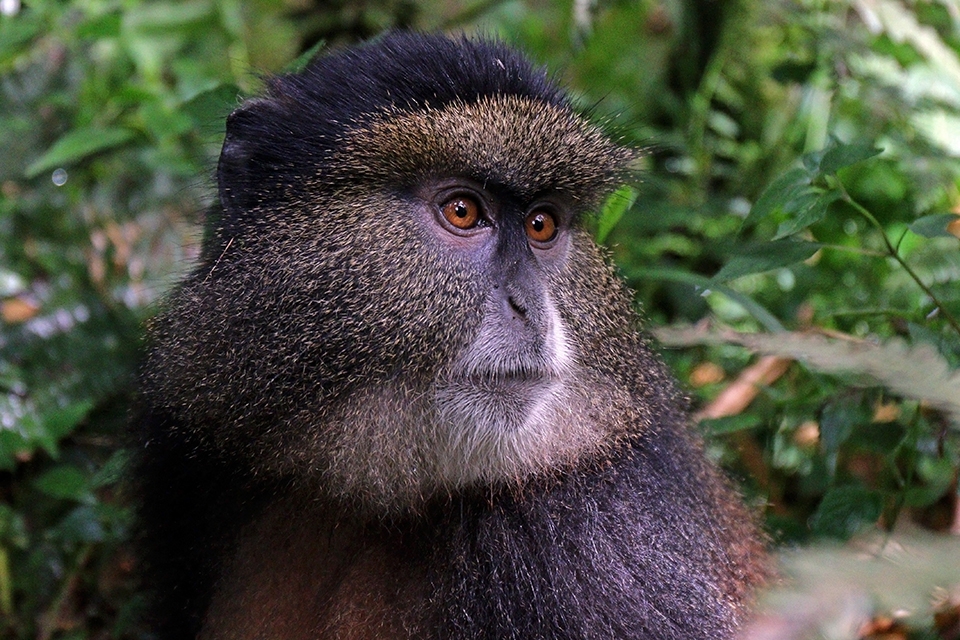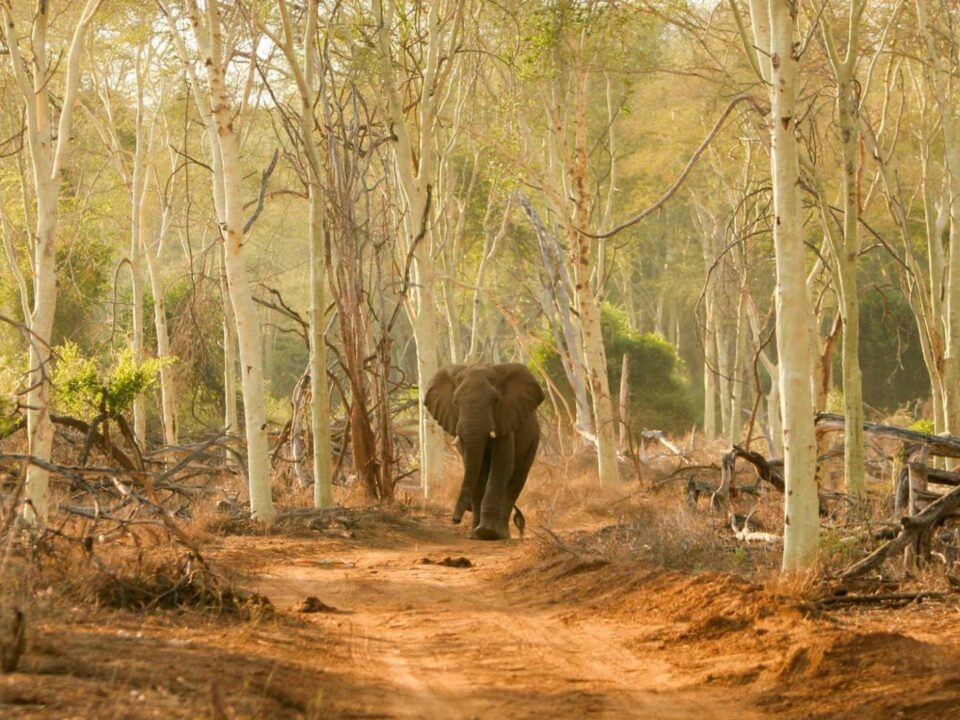
Mgahinga Gorilla Nationalpark – wo Gold und Silber aufeinander treffen
27. Oktober 2019
Mgahinga Gorilla National Park – home of Mountain Gorillas and Golden Monkeys
28. Oktober 2019Outdoor swimming pools close, barbecue evenings become fondue appointments and the first supermarkets sell gingerbread and chocolate Santa Clauses. Just now, when it is slowly becoming wintry in Europe, many long for a trip to the south. Why South Africa is a recommendable destination for a Safari in October is explained in this article.
It is the end of the dry season in the north of the country and the first raindrops conjure up small green leaves on the barren bushes. The months of May to October are among the most beautiful periods for a safari in South Africa’s north, as the animals gather at the waterholes and the still barren vegetation allows many views of the wild animals. While it can still get surprisingly cold in the early winter months, the October nights are already pleasantly warm. The season is drawing to a close and you may not feel as lonely as Christopher Columbus, but it is getting much more pleasant.
The Greater Kruger National Park is probably the best known of all South African national parks and promises a great safari experience thanks to its diverse flora and fauna. Bird lovers in particular will be well catered for this month as migratory birds arrive in the north of the park, doubling the population. They are good to watch on a walking safari if you move slowly and quietly through the bush and pay attention to the little things.

The rainy season is also approaching in the iSimangaliso Wetland Park, located 200 km further south at the easternmost tip of the country. The National Park has been declared a World Heritage Site due to its special biodiversity and the strikingly high breeding bird, corkodile and hippopotamus populations. You can also climb the second highest wooded sand dunes in the world. Nelson Mandela once said about the park:
„iSimangaliso must be the only place on the globe where the oldest land mammal (the rhinoceros) and the world’s biggest terrestrial mammal (the elephant) share an ecosystem with the world’s oldest fish (the coelacanth) and the world’s biggest marine mammal (the whale).„
After visiting this place, you will understand why the locals translate „iSimangaliso“ with „Miracle or Wonder“. If you arrive at the end of October, you may even catch a glimpse of the egg-slaying carrett and leatherback turtles. They come every year from the end of October to lay their eggs on this stretch of coast.
Hluhluwe iMfolozi Park is South Africa’s oldest national park and offers a Big 5 safari in beautiful mountainous scenery. Nunu, a native Zulu tracker, offers a particularly close nature experience. Walk with him through the game reserve and follow the traces of the rhinos. You also have the opportunity to spend a night in a local Zulu village. So you can dive deeply into the culture of the country.

In addition to the parks, the cities also have their own special charm in October. The Jacaranda trees bloom and transform the streets of Pretoria and Johannesburg into a sea of lilac flowers.
October also offers a very special spectacle on the water: it is the peak of the whale season. During this time hundreds of the famous southern right whales come to the bays to mate and give birth to their offspring. Especially the coastal towns of Hermanus and Gransbaai in the Western Cape are famous for Whale Watching. Enjoy the view from the ten kilometre coastal trail or get closer to the giants of the sea on a guided kayak tour.

It is best to combine this experience with a tour along the Garden Route. The most famous road trip route in the country leads from Cape Town to Port Elizabeth and enchants its visitors with unique views and landscapes. While in the northern part of the country the peak travel season is just coming to an end, the Western Cape is ready for the new season.
The „Mother City“, as Cape Town is also called, is still pleasantly empty in October and with still comfortable temperatures it is fun to climb Table Mountain. In addition to the beautiful beaches, hiking trails and city districts, the wine country offers exciting discovery tours for gourmets. You can also enjoy an authentic safari in the malaria-free Western Cape and observe the Big Five in the flowering Fynbos landscape in springtime October.






